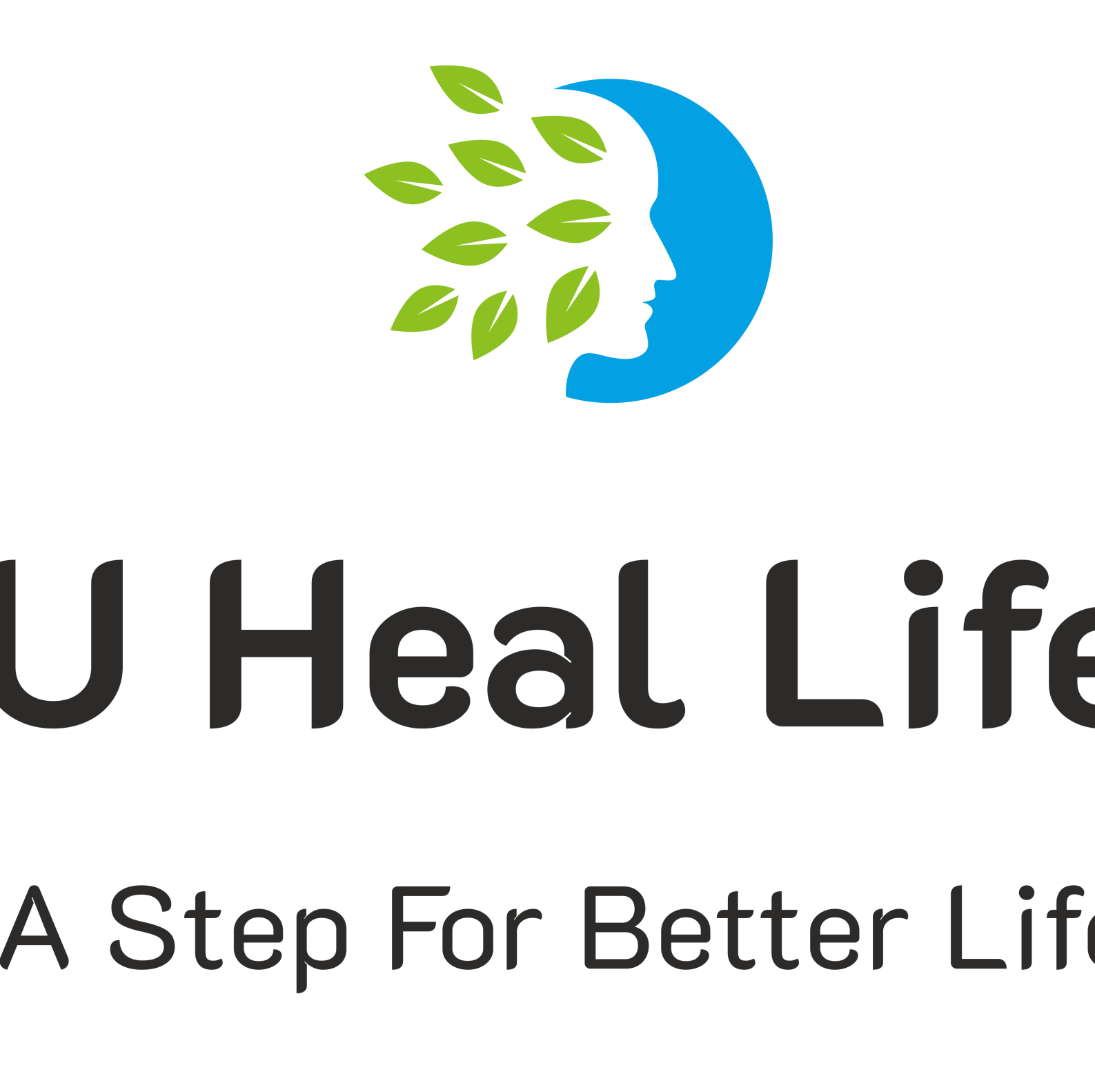What Happens When Mental Health Clinics Shut Down Due to Budget Cuts?
Introduction
Mental health clinics are vital community anchors that provide accessible care, crisis intervention, and long-term support for millions of people. But as mental health budgets shrink, these clinics are often the first to suffer. When they shut down, the consequences reach far beyond the walls of the clinic—triggering a ripple effect that strains emergency services, increases homelessness, and puts vulnerable lives at risk.
The Immediate Consequences of Clinic Closures
When a mental health clinic shuts down, the impact is both immediate and devastating for patients:
- Disrupted continuity of care
Patients lose access to trusted therapists, psychiatrists, and case managers. - Medication lapses
Without prescription renewals or monitoring, individuals may relapse or suffer dangerous side effects. - Lost access to crisis support
Clinics often provide urgent walk-in services—critical lifelines for those in mental distress.
Communities Left in Crisis
Mental health clinics don’t just serve individual patients—they support entire communities. Their closure leads to:
- Overcrowded emergency rooms
Hospitals become the default mental health provider, even though they’re not equipped for long-term care. - Increased calls to police and first responders
Law enforcement is left handling mental health crises, often without proper training. - More homelessness and incarceration
Many with untreated mental illness end up on the streets or behind bars.
Vulnerable Populations Hit Hardest
The people most affected by clinic closures are often those with fewest alternatives:
- Low-income families
- Uninsured or underinsured individuals
- Homeless populations
- Children and adolescents
- Elderly individuals
These groups rely heavily on publicly funded community clinics. Without them, they face insurmountable barriers to care.
Economic Consequences
Shutting down mental health clinics may offer short-term budget relief—but it leads to long-term costs:
- More expensive emergency care
ER visits and hospitalizations cost significantly more than outpatient clinic visits. - Lost workforce productivity
Untreated mental illness contributes to absenteeism, disability claims, and job loss. - Higher public safety and incarceration costs
Jailing someone with mental illness costs far more than providing outpatient care.
Real-World Examples
Numerous cities and states have faced severe consequences after closing mental health clinics:
- In Illinois, several Chicago-area clinics were shuttered in the early 2010s. A follow-up study found higher ER visits, more psychiatric hospitalizations, and increased strain on remaining providers.
- In Los Angeles, clinic closures contributed to a visible rise in homelessness and mental health-related 911 calls.
What Can Be Done?
To avoid the crisis that comes with clinic closures, policymakers and advocates should:
- Increase federal and state mental health funding
- Support telehealth and mobile mental health services
- Invest in preventative and community-based care
- Encourage public-private partnerships to sustain clinics
Conclusion
When mental health clinics close due to budget cuts, the cost is measured not just in dollars, but in lives lost, families broken, and communities destabilized. Protecting these clinics isn’t just a healthcare issue—it’s a public safety, economic, and moral imperative.









